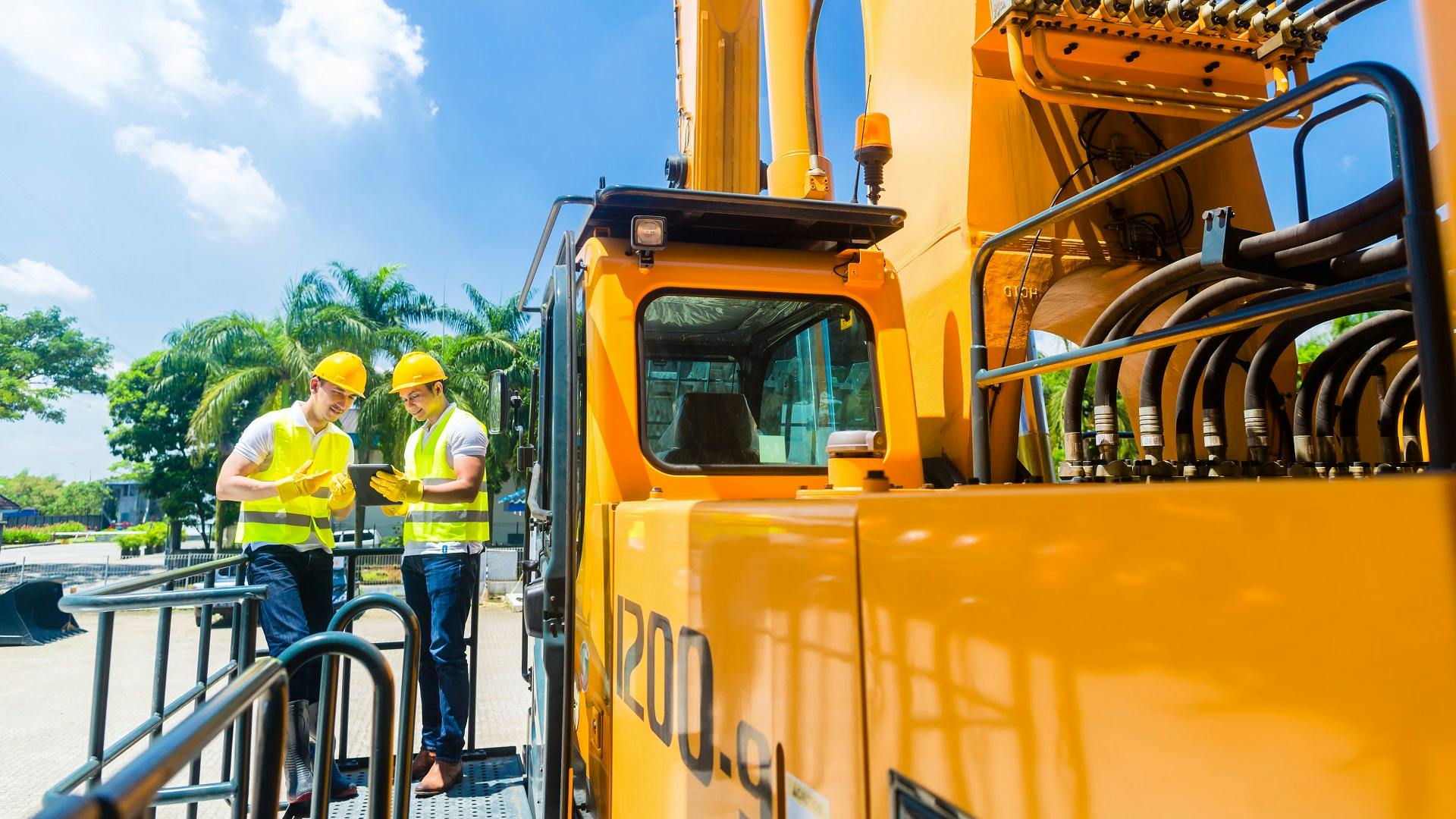Connected. Autonomous. Smart. Electrified.
Those trends are shaping the future of heavy equipment. But the necessary product capabilities to enable them increase complexity, particularly with greater interaction between mechanics, electronics, and software. To avoid getting stuck in endless iterations, heavy equipment manufacturers are drastically revising their approaches to equipment performance engineering. Are you with them?
In this webinar, Mr. Jim Brown, President of Tech-Clarity, outlines what is driving those technology trends. He describes how they are disrupting the heavy equipment industry landscape, as established players are adopting new processes for product design and equipment performance engineering, while entrants are lurking to claim their place in the heavy equipment ecosystem with innovative solutions and business models. The industry is in full transformation. And you cannot afford to miss out.
Deploy predictive engineering
Following the presentation, there will be a panel discussion between Mr. Brown and Digital Twin experts from Siemens Digital Industries Software, focusing on what it takes to deploy predictive equipment performance engineering. This first-time-right approach is the only way to successfully master the increasing complexity of innovative equipment design. You will learn more about which elements are necessary to avoid endless iterations and prototyping loops, which challenges you might face while implementing those, and why Siemens could be an excellent partner to guide you in this process.
Tech-Clarity on virtual prototypes and holistic modeling
In a recent report, Tech-Clarity, a U.S.-based research firm that studies the business vale of technology, describes the tremendous business value of predictive equipment performance engineering, as well as its potential to unlock new levels of innovation and performance. Discover how increasing performance engineering maturity through virtual prototypes and holistic modeling can improve efficiency and reduce costs.
The findings described in the Tech-Clarity report correspond well to Siemens’ vision on which components should be part of predictive equipment performance engineering to be successful with today’s complex product design and engineering. Siemens also converted that vision into a comprehensive set of software solutions. Most of those relate to one of the following three categories:
- Real-world physics simulation
- CAE automation
- Integrated field data analytics
- Watch this webinar and learn the latest digital technologies in heavy equipment engineering
Conoce a los ponentes

Jim Brown
President

Hendrik Lange
Industry Lead, Heavy Equipment
Hendrik Lange holds the position of Industry Lead Heavy Equipment Industry for Siemens Digital Industries Software. In his role, Hendrik is focused on driving the DI SW strategic direction for this Industry. This includes the Go-to market activities and the Heavy Equipment specific solution definition to provide value to our customers.
Previously to this assignment, Hendrik had the responsibility of global Solution Director for the Automotive & Transportation Industry, was responsible for Automotive Industry Marketing in EMEA and worked in different roles in Pre-Sales, Post-Sales and Business Consulting in Germany.
Before joining Siemens in 1999, Hendrik worked for EDS in Germany and in Charlotte, NC. He holds a Master Degree (Dipl.-Ing.) in mechanical engineering.

Erik Goslawski
Heavy Equipment Solution Director






